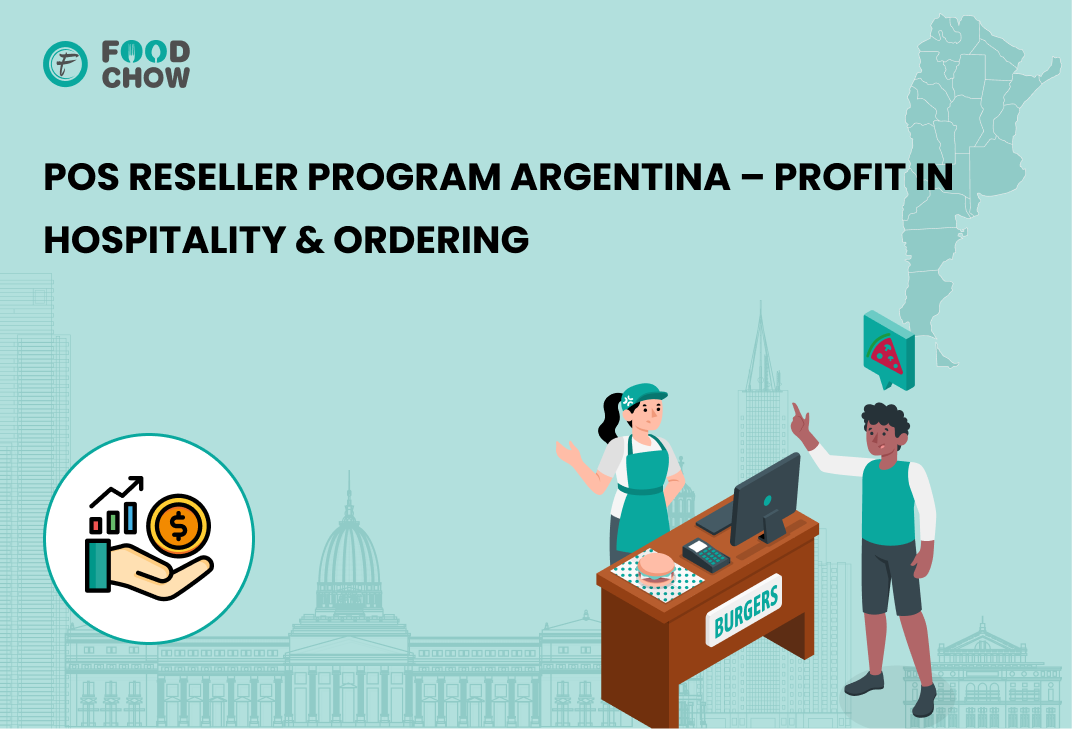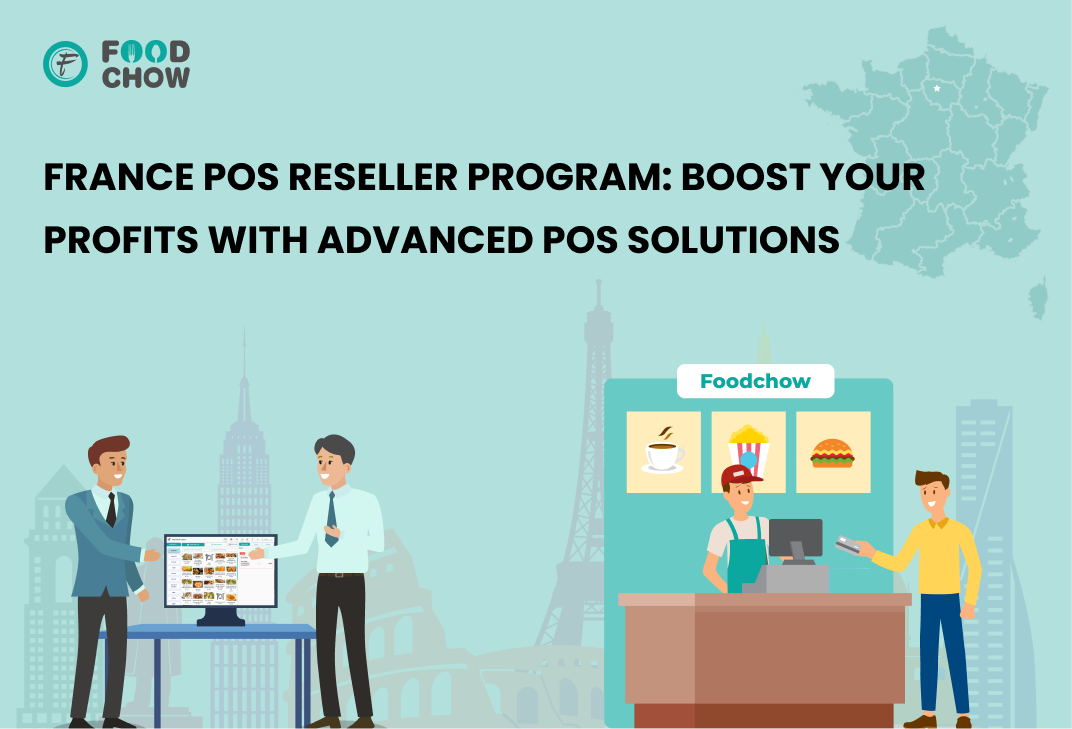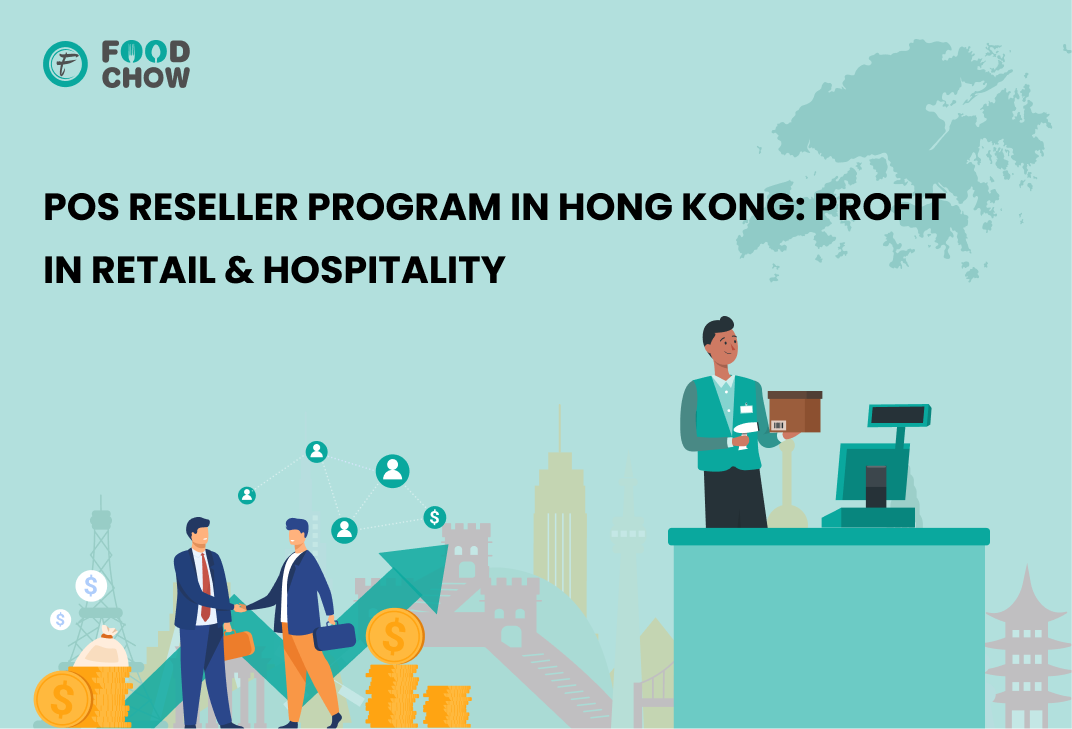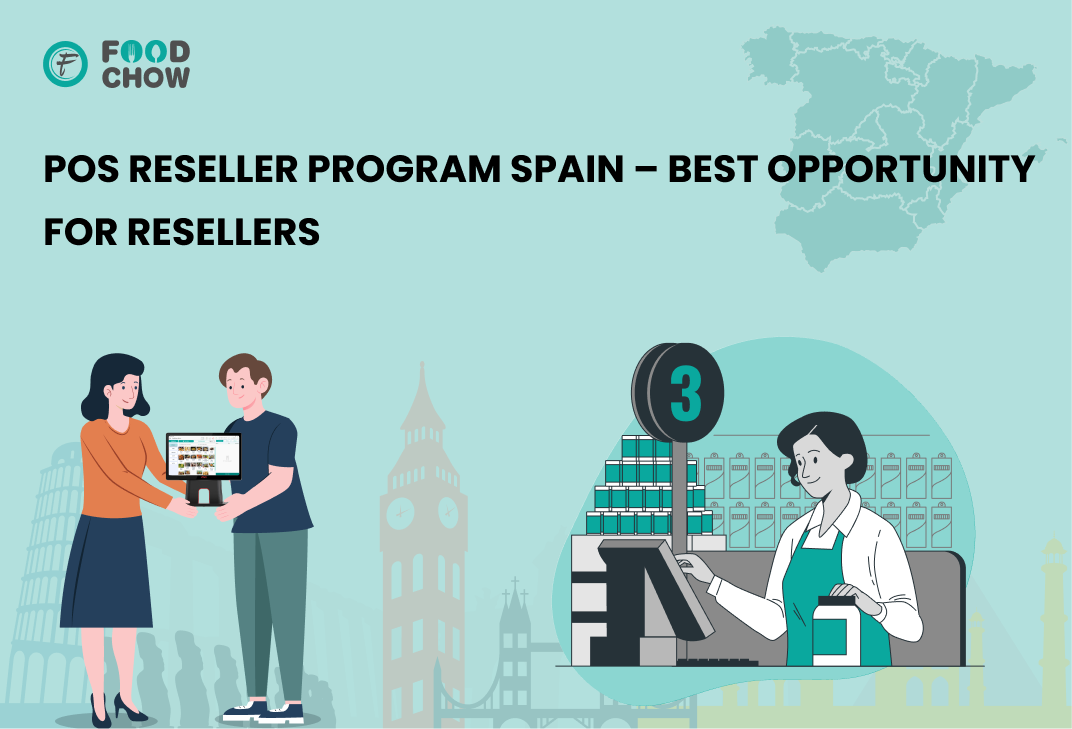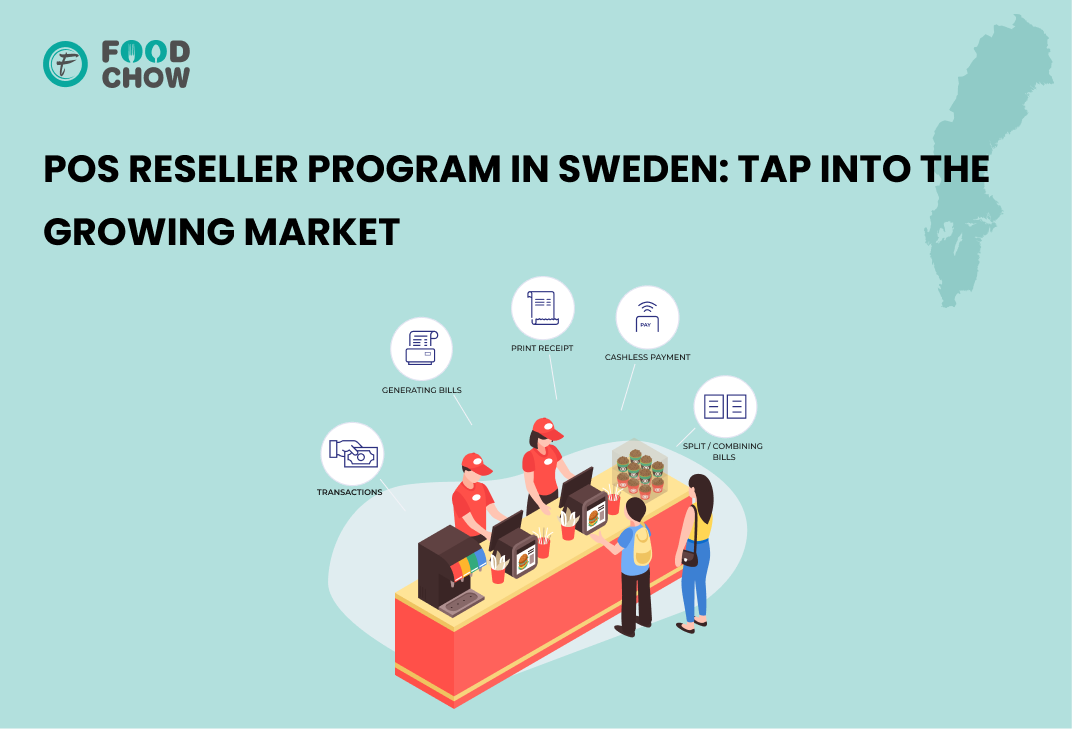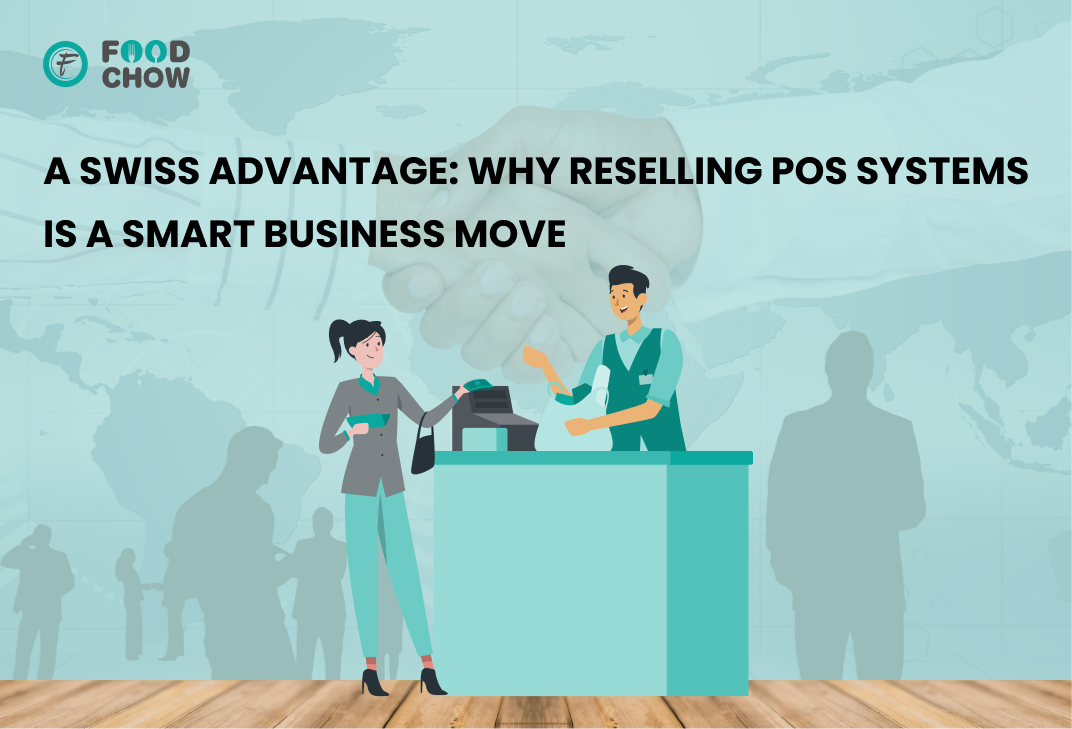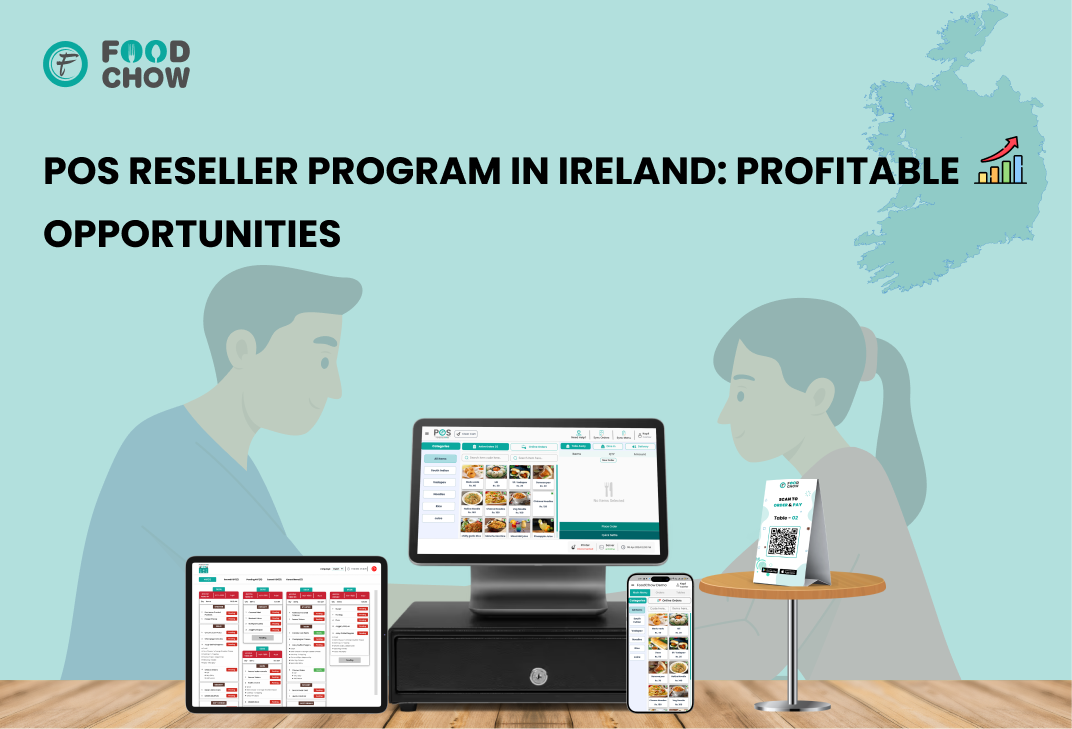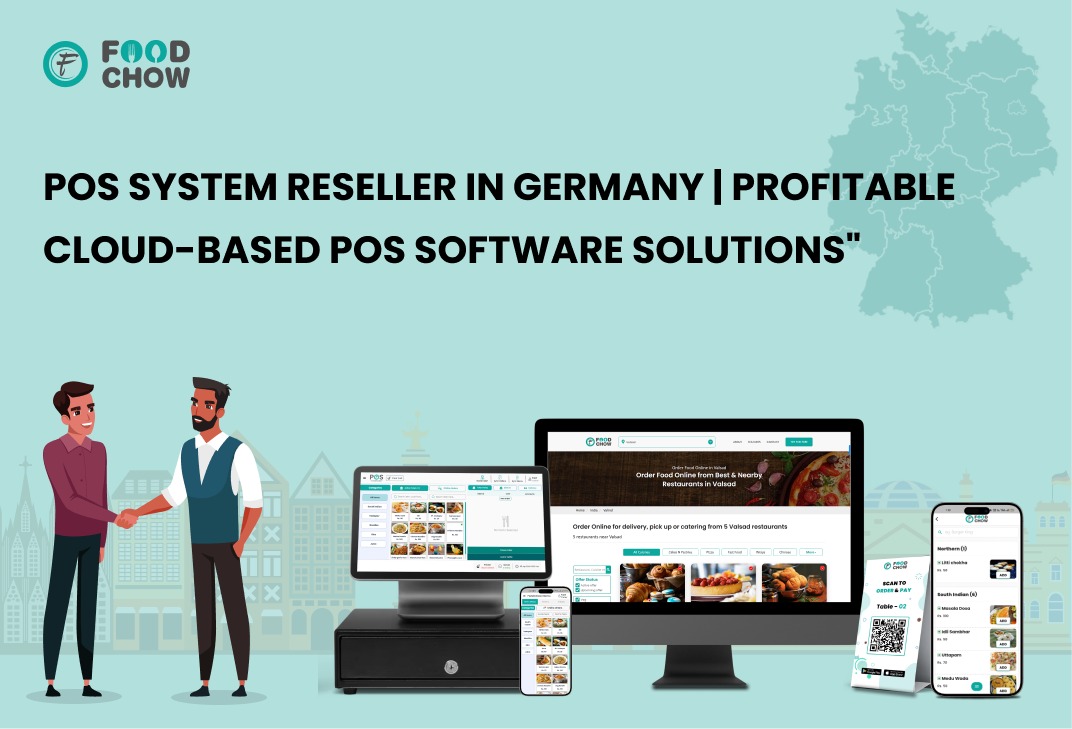Table of Contents
Share this article
Foodchow POS Reseller Program in Brazil: Capitalize on a Growing Market
Brazil, the largest economy in Latin America, is experiencing a digital transformation in its retail and hospitality sectors. As a result, POS software, table ordering systems, and Kitchen Display Systems (KDS) are in high demand. Consequently, resellers now have a unique opportunity to enter this rapidly expanding market through the POS Reseller Program in Brazil.
In 2023, Brazil’s retail sector grew by 6.2%, while the hospitality industry, in contrast, expanded by 4.1%.By 2025, Brazil’s e-commerce market is expected to exceed BRL 500 billion, with digital payments accounting for over 40% of transactions. This growth highlights the need for efficient, omnichannel POS solutions, making it an ideal time to join the POS Reseller Program in Brazil.
Why Become a Foodchow POS Reseller in Brazil?
Innovative POS Solutions: Features like QR ordering, KDS, inventory management, offline operation, and seamless payment integration.
Lucrative Market: The demand for contactless payments and digital ordering is skyrocketing in Brazil’s retail and hospitality industries.
Competitive Edge: Offer businesses a comprehensive, cloud-based POS solution that streamlines operations and enhances customer experience.
Explore the Foodchow POS Reseller Program in Brazil today and tap into Brazil’s rapidly growing digital economy. With high demand and cutting-edge technology, Foodchow is the key to your success in Brazil’s POS market.
Current Trends Driving POS Software Reseller Programs in Brazil
1. Digital Transformation Across Retail and Hospitality
In fact, Brazil’s digital economy is growing at an unprecedented rate, contributing significantly to the expansion of the retail and hospitality sectors. with the retail and hospitality industries investing heavily in smart technology solutions. Additionally, by 2025, Brazil’s restaurant industry is expected to surpass $350 billion, with a significant portion of this revenue driven by digital ordering and payment solutions.
Restaurants and retailers are adopting cloud-based POS systems to enhance efficiency and improve customer experience.
The demand for digital payment solutions in Brazil has increased by 35% year-over-year. Moreover, this shift is pushing businesses to integrate POS software with contactless and mobile payment options.
2. Cashless Economy & Integrated Payment Solutions
Brazil is shifting towards a cashless economy, with over 70% of transactions now being digital. The introduction of Stripe, Paypal has accelerated this shift, making it essential for businesses to adopt POS systems that integrate with multiple payment methods, including Stripe,Paypal and digital wallets.
POS software providers offering localized payment integration, such as support for Stripe and PayPal, are seeing a surge in demand.
As a result, digital payment adoption has increased by 40% in Brazil’s small and medium-sized enterprises (SMEs), creating a lucrative market for POS resellers.
Success Stories: How Resellers Are Thriving in Brazil
1. Boosting Restaurant Efficiency with Table Ordering
A chain of restaurants in Sao Paulo implemented a QR code table ordering system, reducing wait times by 30% and increasing order accuracy by 25%. With integrated POS software, they streamlined their kitchen operations, improving service speed and customer satisfaction.
2. Enhancing Retail Transactions with POS Software
A retail store in Rio de Janeiro adopted cloud-based POS solutions, enabling real-time...
Continue reading
